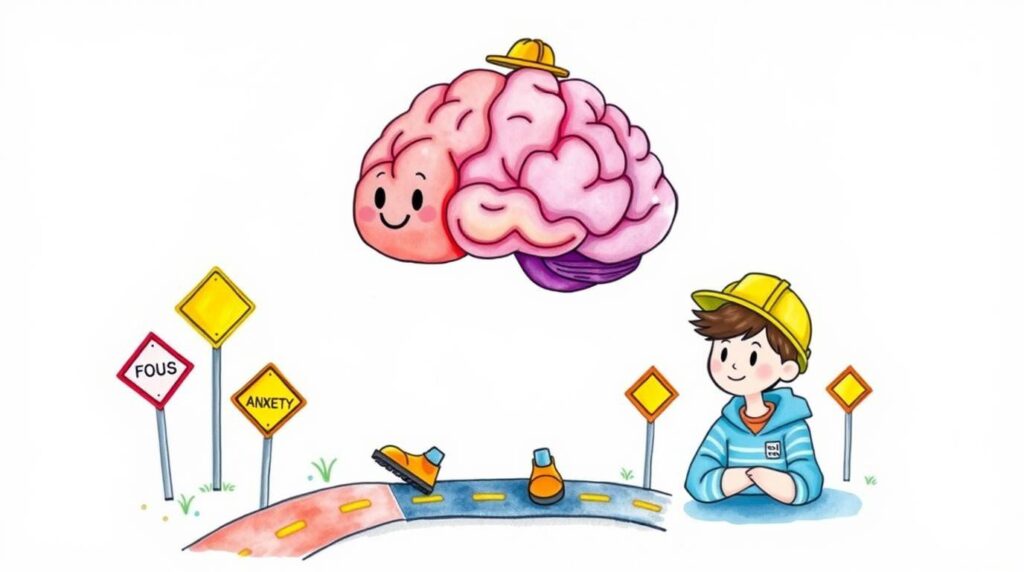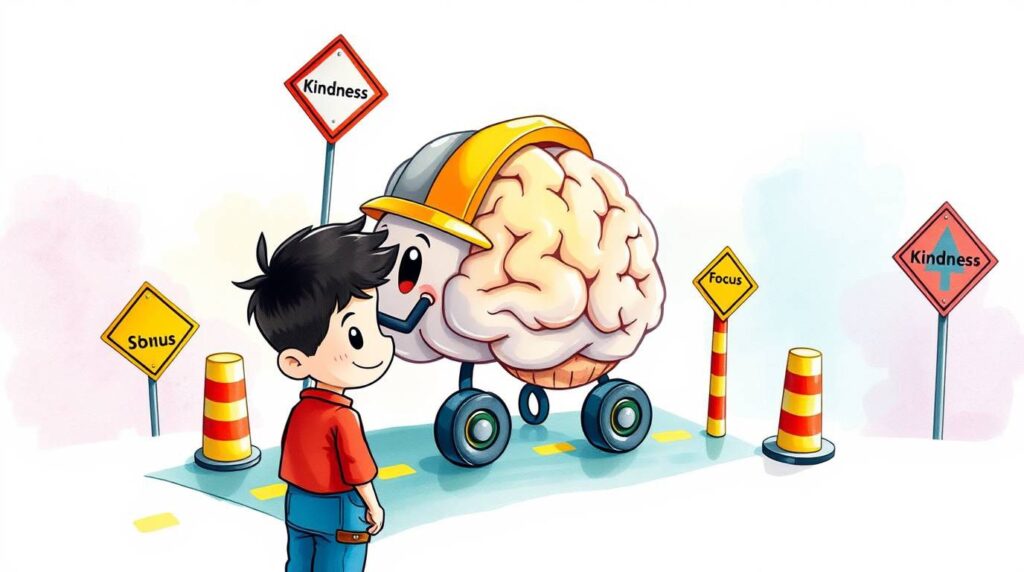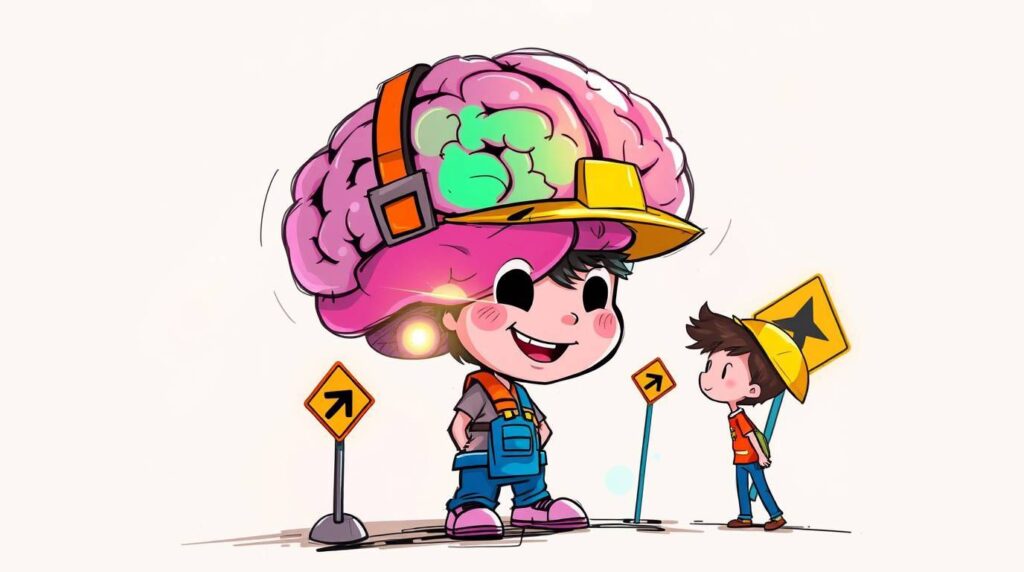How does neuroplasticity shape human behavior?
You’re here — which means you’re not just flipping through brain facts, you want a clear, real-world, student-friendly explanation of how this whole “neuroplasticity” thing actually shapes who we are. So forget the dry textbook stuff for now — let’s dive into this like we’re chatting at your favorite coffee spot.
—
How Does Neuroplasticity Shape Human Behavior?
Okay, imagine your brain is like a giant city full of roads. These roads connect buildings (aka neurons), and the cars on them are your thoughts, habits, and feelings.
Now picture this: every time you think something, do something, or feel something — a car goes down one of those roads.
If you do it once, the road stays kinda dusty.
If you do it 50 times? Boom — it’s a smooth, wide highway. 🚗💨
That’s neuroplasticity in action.
Let’s break it down:
—
🧠 What Even Is Neuroplasticity?
Neuro = brain
Plasticity = the ability to change
So neuroplasticity means your brain can change — literally change — based on how you use it.
Unlike, say, your bones or your liver, your brain can rewire itself. New connections can form. Old ones can fade. The brain is like… a remix machine for behavior.
And this happens all. the. time.
—
🔁 Your Brain Learns Through Repetition
Ever learned how to ride a bike, speak a new language, or memorize TikTok dances? That’s neuroplasticity kicking in.
The more you repeat something, the stronger that brain circuit becomes.
Like upgrading a dirt trail into a six-lane expressway.
That’s why habits form. And also — why bad habits are hard to break. You’ve literally carved a brain path for them.
But here’s the good news: just like roads can be rebuilt, your brain can rewire itself with new behaviors. That’s the beauty of it.
—




👶 Kids Have Supercharged Neuroplasticity
Young brains are plastic AF (flexible, we mean). That’s why kids can learn languages fast, adapt to new stuff easily, and bounce back from brain injuries better than adults.
As we get older, our brains still stay flexible — just a little more stubborn.
But neuroplasticity never truly stops. So whether you’re 15 or 55, you can still rewire your brain with practice and persistence.
—
🌱 How Does This Shape Behavior?
Here’s where it gets cool (and a little deep):
- If you constantly worry → Your brain gets better at worrying
- If you practice kindness → Your brain becomes wired for empathy
- If you scroll mindlessly → That becomes your default habit
- If you meditate or focus → Your brain builds attention muscles
Whatever you repeat becomes your mental “default setting.”
So basically, neuroplasticity is why practice makes perfect — and why practice also makes permanent.
—
🧠 Real Life: You’re Not Stuck
Let’s say you’ve always been bad at math. You’ve told yourself, “I just don’t have a math brain.”
Well… there’s no such thing. Your brain can build a math brain.
You just need to start walking down that path. With effort and time, your brain will make that trail wider — and suddenly, what felt impossible starts to click.
That’s neuroplasticity changing behavior — from frustrated to confident, from confused to clear.
—
🪄 So What’s the Takeaway?
Your brain isn’t fixed.
You’re not “just bad at” something.
Every behavior, good or bad, is like a brain groove you can either deepen or reroute.
And that’s what makes neuroplasticity so powerful — and honestly, a little magical.
It’s how therapy works.
It’s how learning sticks.
It’s how we grow and adapt.
Neuroplasticity = your brain’s power to change who you are, from the inside out.
—
📌 Disclaimer:
This easy version is meant to help you understand the concept better. If your exam or teacher expects a textbook explanation and you write this one instead, we’re not responsible if it affects your marks. Use this for understanding, not copy-pasting.
—
🔗 Related Articles from EdgyThoughts.com:
Why Does Correlation Not Imply Causation?
https://edgythoughts.com/why-does-correlation-not-imply-causation/
Why Does Superconductivity Require Low Temperatures?
https://edgythoughts.com/why-does-superconductivity-require-low-temperatures/
🌐 External Resource:
Want a deeper look into how your brain changes?
Check this out:
https://en.wikipedia.org/wiki/Neuroplasticity
How is blockchain changing student credentials?
https://edgythoughts.com/how-is-blockchain-changing-student-credentials/
Why can’t objects reach the speed of light?
https://edgythoughts.com/why-cant-objects-reach-the-speed-of-light/






One Comment